Amazon customers may soon be priming for a special delivery. And, it’s not about what they ordered but how it’s being delivered. Amazon unveiled its Prime Air delivery drone last summer, which has left consumers and drone enthusiasts on the edge of their seats.
If this sounds familiar, it is. The internet retailer has been improving on its drone technology over the years to bring its next-generation electric drone closer to the skies and to your doorstep. Who knows? It may be at your home sooner than you think.
Latest design
Named the “MK27,” Amazon’s delivery drone service Prime Air is breaking barriers over the more than two dozen drone designs the company has tested in the past. This new “hybrid design” can show off its moves by taking off and landing vertically, like a helicopter, and flying horizontally and aerodynamically, like an airplane. This latest advancement is considered to make this drone safer, more efficient and more stable since it operates on six degrees of movement instead of four. Watch the video to see for yourself.
Safety factor
You may have some questions about how the Amazon drone delivery service can navigate around obstacles, let alone on its own. Here’s how: Artificial Intelligence (AI), combined with some pretty cool technology and features, allows the delivery drone to operate more autonomously. Thermal cameras, depth cameras and sonar are used to detect hazards while onboard computers are programmed to automatically identify obstacles and navigate around them. For example, Prime Air drones will be able to detect people, animals and even wires or backyard clotheslines. Even more impressive is the drone’s ability make appropriate moves and delivery decisions based on changes in the environment, either while in transit or if it encounters a moving object. Amazon took drone safety one step further by protecting the drone’s rotors with covers, which serve as wings during sustained flight. The company said that in addition to acting as a safety feature, the rotor covers allow for a more dynamic and faster flight.
Delivery capabilities
Amazon is working hard toward its goal to design a drone with a 15-mile range that can deliver packages under five pounds within 30 minutes. If you’re thinking that limits deliveries to small packages, you’re correct. But did you know that 75 to 90 percent of items purchased on Amazon are under five pounds?
On the horizon
As exciting as the thought may be of having an Amazon drone delivery service deliver a package to your home, there’s still no definitive timeframe on when it will happen. Over the years, the Federal Aviation Administration (FAA) has approved Amazon drones for test flights; however, regulations require each new prototype to have a special airworthiness certificate. Additionally, Amazon is still faced with overcoming certain social and technological obstacles, which include drone noise and the challenges of flying in inclement weather (e.g., rain or snow). The good news is the company is working hard on making drone delivery a reality. When that will happen, is up in the air.
Are you interested in the aviation industry, or learning how to design and build an unmanned aerial vehicle? Discover all that’s possible with an engineering degree from Vaughn College.
At some point in time, you may have heard the expression―“It’s not rocket science!”―in relation to a subject. For most of us, the vastness of outer space, the building of spaceships, space travel and planet exploration can be a mind-blowing topic and a hard one to wrap our heads around. Yes, in this case, rocket science does come into play. And, yes, it’s a difficult job. But for gaming and space engineering enthusiasts, the virtual reality of being a space engineer and experiencing it all is only weeks away. After five years, the wait is almost over for the release of the highly anticipated voxel-based sandbox game―Space Engineers for Xbox.
This month, Vaughn College explores the exciting roles aerospace engineers (aka ‘space engineers’) play in the world of spacecraft design and the science and technology behind it all. See how the work of real-life space engineers plays into the virtual reality of the upcoming launch of Space Engineers for Xbox.
What is a space engineer?
Space engineers are professionals who design and build machines that fly. They solve practical problems in space and on planets by applying scientific knowledge, in-depth skills and an understanding of mathematics, physics, aerodynamics and materials science—not to mention manufacturing ingenuity. Over the years, two specialty areas of engineering emerged: aeronautical and astronautical. Here are the differences between the two:
- Aeronautical engineering involves designing aircraft that flies within Earth’s atmosphere. Some examples include powered lighter-than-air craft gliders, fixed-wing airplanes, jets and helicopters.
- Astronautical engineering focuses on the science and technology of spacecraft that fly outside of Earth’s atmosphere. These engineers work on the design and development of the spacecraft.
Together, space engineers design aircraft, spacecraft, satellites and missiles, along with the components and subassemblies which include engines, airframes, wings, landing gear, control systems and instruments. When these engineers have completed designing these crafts, they are responsible for testing prototypes to ensure they function according to plan. Virtual testing of engines, wings and control surfaces is a true gamechanger, as computer simulations are having a great impact on projecting how aircraft and spacecraft will perform under different conditions. Using computer-aided design (CAD) allows for a more seamless process in drafting and modification of designs and 3D visualization.
Space Engineers for Xbox
Speaking of visualization, imagine yourself in outer space. You are building spaceships or traveling through space to explore the planets. Space Engineers for Xbox is the latest gaming phenomenon that virtually places gamers in the middle of the action. In this game, each player’s astronaut is referred to as a “Space Engineer.” The game designers must apply real-life aeronautical engineering concepts, physics and volumetricity to make the game realistic. This is vital as players build their own spaceships, space stations and planetary outposts.
The game is designed around surviving in space and on the planets using engineering, construction and exploration. It’s all about reality and how things work. Here are some cool features and tasks you can practice:
- Using a hand drill to mine an asteroid for resources
- Adding new components to an existing structure
- Working from the cockpit of a small ship
It was paramount to the game’s designers to follow the laws of physics and not use any science and technology that may not be possible in the future. Did you know the construction toys LEGO® and LEGO® TECHNIC served as inventor Marek Rosa’s inspiration to design this game?
Here are more fun facts about Space Engineers for Xbox:
- Releases on April 15, 2020
- Four million copies have been sold so far
- Can be played as a survival shooter as well as construction and exploration aspects
- 90 percent positive reviews on Steam
- Single-player and multi-player modes
Are you interested in a futureproof career in engineering with an aeronautical focus? See how an engineering degree from Vaughn College can set you on a journey to success.
Artificial intelligence (AI) is proving to be a real game changer in the aerospace industry as engineers are implementing various AI applications that are having a positive impact on aerospace. From manufacturing to customer relations, there’s nothing artificial about these changes that are making a real difference.
We’d like to take a closer look at the ways AI is impacting the aerospace industry and what it means for the future.
Streamlining the process
There are―literally―several moving parts to aerospace engineering. From the design process and prototyping to budgeting and manufacturing, artificial intelligence is setting the pace for streamlining design and manufacturing systems over the next 15 years.
Lightweight and sturdy parts
Think about it. Lighter airplane parts make for more efficient flying. The use of AI algorithms combined with generative design is helping designers develop new parts that are both lightweight and sustainable. Add in the use of 3D printing with AI-enabled generative design and you have a more efficient way to supply airplane generators and wings.
Here are some additional advantages of using artificial intelligence in the production design process. The use of AI can:
- Perform inspections faster and more efficiently
- Preserve gas
- Improve operational effectivity
- Improve proficiency of supply chain management, thanks to automated data
- Be more economical
- Research collected information from sensors that gather information―like temperature and moisture―and pinpoint faulty plane parts beforehand.
Fuel Reduction
Conserving fuel is a major concern in the aerospace industry. With almost 100,000 flights in the air every day across the globe, it’s no wonder experts are looking for ways to reduce gas consumption. Did you know industry forecasters estimated the global commercial aircraft industry could tap out at a record-breaking 97 billion (that’s billion with a “b”) gallons of fuel in 2019?
Previously, we mentioned how the use of AI―together with the assistance of 3D printing―can fabricate lightweight parts. This process, in turn, reduces fuel consumption. Now, let’s take that one step further. Airplanes use the most fuel on the climb. Experts say AI-created climb stage profiles can be created by using artificial intelligence models to analyze how much fuel is used by pilots during the climb phase. These profiles can then help streamline fuel usage so that pilots can adequately preserve fuel during flights. Less fuel means cleaner skies.
Simulator training
Pilots are gaining valuable training through AI simulators, combined with virtual reality frameworks. Here are a few cool ways AI is improving pilot training on the ground to keep us safer in the skies:
- Pilots get a progressively realistic simulation experience
- Training information is gathered and analyzed
- AI used in a cockpit can improve a flightpath by:
- Evaluating and alerting information on fuel levels
- Determining framework status
- Reporting climate conditions and other vital parameters
Safety
It goes without saying that safety is of the highest priority in the airplane industry. Artificial intelligence plays a significant role in keeping everyone safe by providing efficient options. Here are some of these options:
- At the airport, AI-enabled cameras use facial recognition to identify suspicious individuals. (Some programs may even provide photographs of individuals with felony data.)
- AI-enabled cameras can be used to detect malicious activity in the airport.
- Threats and dangers can be detected by utilizing AI in machine studying and geospatial sign processing, as well as by the use of photographs and movies extracted from aerial automobiles and satellites.
Customer experience
There are two words that come to mind in regard to consumers: customer satisfaction and loyalty. The airline industry knows this. With their competition flying past them in the skies, it’s up to the particular airlines to rise above their competitors when it comes to making their customers happy. But is using artificial intelligence really the answer? You would think customers would want human interaction, but the latest statistics show otherwise. AI-enabled chatbots (yes, chatbots) are today’s latest conversation starters. Chatbots are digital devices that simulate conversation with human users and answer any requests and questions in real time. Here’s how the current use of chatbots breaks down by location and industry:
- Aircraft—14 percent
- Airport terminals—9 percent
- Future use in airline industry—68 percent of airlines want to utilize AI-driven chatbots
- Emirates Vacations, part of Emirates Airlines, saw an 87 percent expansion in the engagement of chatbot-incorporated advertisements following a 30-day trial campaign when compared to standard advertisements.
As fascinating a role AI plays in our daily lives, it’s important to remember that it takes the knowledge and skill of humans to make it all possible.
Are you interested in pursuing a futureproof career? Discover all that’s possible with an engineering degree from Vaughn College.
Are you looking for ideas on how to spend your spring break? It doesn’t have to be all about surf and sand. In fact, there are some great finds that are designed to feed your passion and your mind.
This month, Vaughn College has narrowed down some of the top college spring break destinations for the knowledge seeker. There’s something for everyone. From the traveling thrill seeker to those who want to stay close to home, this year’s spring break can be one for the books. (Oh, wait. Forget we said books. You’re taking a break from those!)
If you are looking to stay closer to home but still get out and enjoy a spring break trip, check out our top picks for places to visit in New York City. They’re not only fun but educational. (Forget we said the last part.)
The Hayden Planetarium
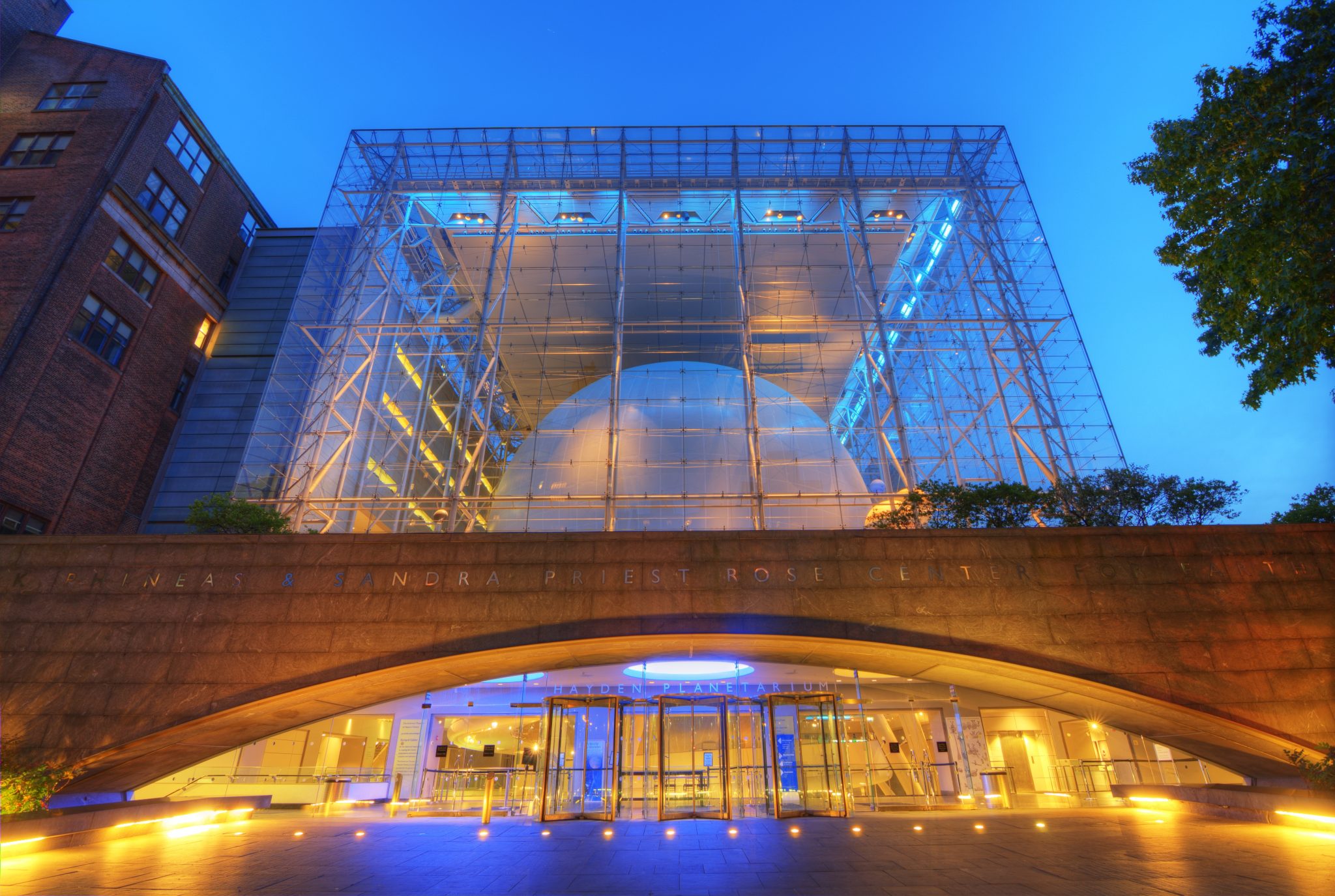
Explore the solar system and experience a virtual joyride of the universe at the Hayden Planetarium. Located on Central Park West in Manhattan, this $210 million planetarium will leave you with your head in the stars―and beyond. It’s a great day trip to take alone or with your friends.
Intrepid Sea, Air and Space Museum
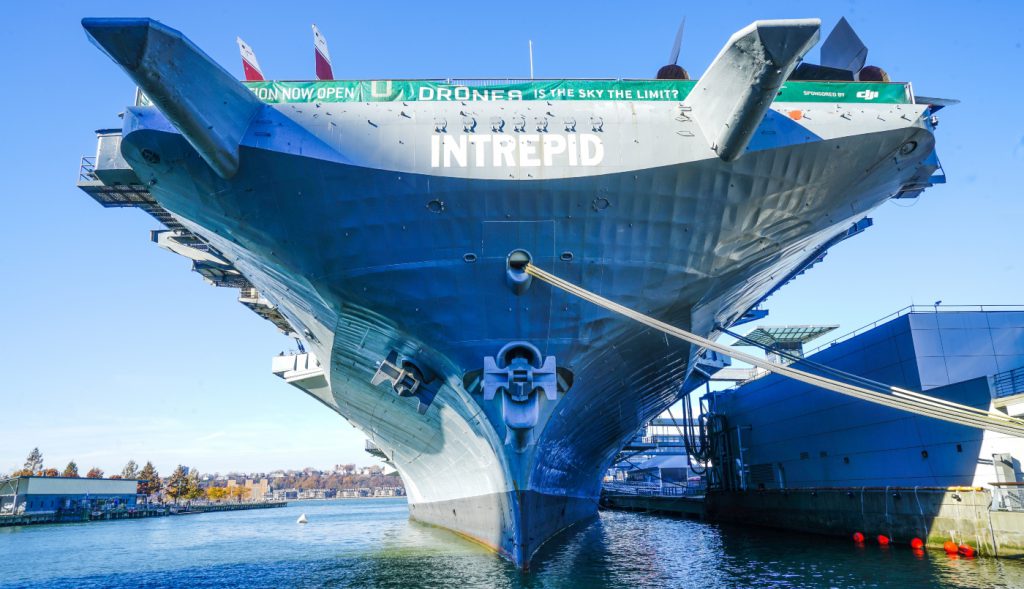
This military and maritime museum is a favorite among plane and aviation buffs. Centered on the aircraft carrier USS Intrepid, the Intrepid Sea, Air and Space Museum is a permanent fixture on Manhattan’s Upper West Side. It showcases the cruise missile submarine USS Growler, the British Airways Concorde and the Space Shuttle Enterprise, among other transports. A trip to this military and maritime museum makes for a fun day out.
New York Hall of Science
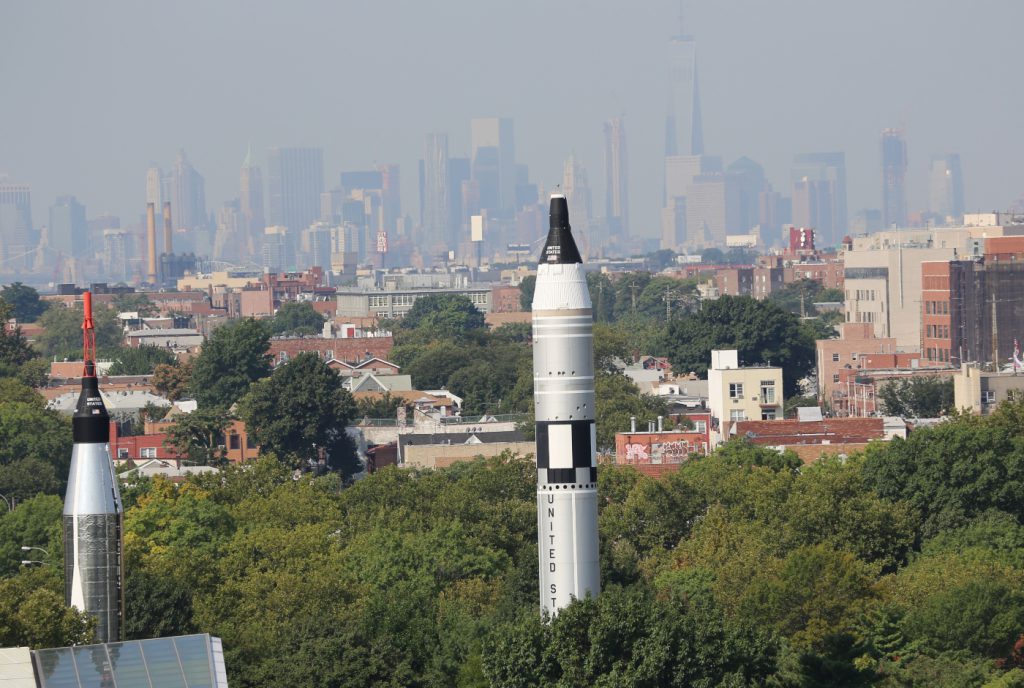
You can’t drive through Corona and Flushing, Queens without seeing the landmark fixtures of the 1964-65 World’s Fair. The New York Hall of Science, which was originally founded during that time, remains a key part of the science education community. It offers 450 exhibits, demonstrations, workshops and activities relating to science, technology, engineering and mathematics (STEM). Also on display are the Mercury-Atlas D and Gemini Titan II rockets. Whether you’ve been there before or thinking about going, a spring break trip to visit the New York Hall of Science is a great idea! It’s literally in your backyard.
If you’re looking to travel for spring break, here are our top picks for individuals interested in science, engineering or aviation.
Grand Canyon Skywalk

Experiencing the Grand Canyon Skywalk is an engineer’s dream. While most thrill seekers and tourists would see this as a breathtaking experience, engineering enthusiasts can appreciate the technical accomplishment of its structure. Did you know the Skywalk is designed to withstand an earthquake of up to 8.0 on the Richter scale? That’s some serious engineering. Find out how to get to the Grand Canyon Skywalk on your spring break trip!
National Air and Space Museum of the Smithsonian Institution
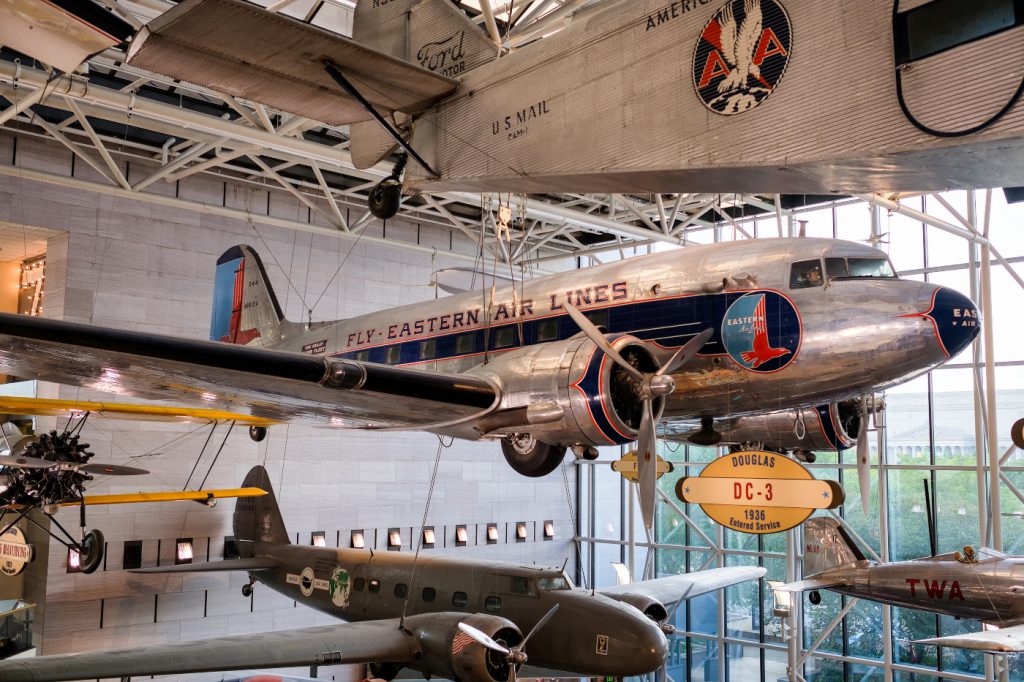
The Smithsonian’s National Air and Space Museum, located in Washington, D.C., is the ultimate playground for aviation enthusiasts. The museum houses the largest collection of aircraft and spacecraft in the world. For New York City residents, it’s about a five-hour drive―and well worth the spring break trip―to experience aviation history at its finest. Plus, admission is free.
Hale Telescope
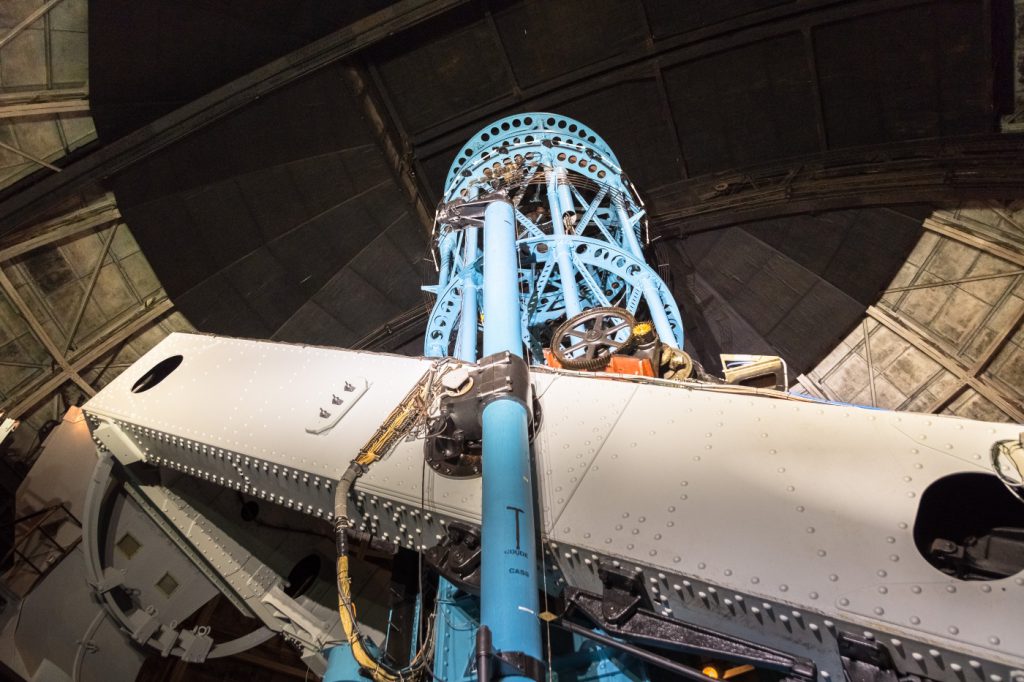
Galactic thrill seekers will marvel at the Hale Telescope, located at the Palomar Observatory in San Diego, California. Built by Caltech, the Hale Telescope is one of the world’s largest and most powerful reflective telescopes. Did you know the Hale Telescope has shown us thousands of asteroids and provided us the first direct evidence of stars in distant galaxies? Wow, that’s technology that’s literally out of this world!
Museum of Science and Industry

The Museum of Science and Industry, located in Chicago, Illinois, is the largest science center in the Western Hemisphere. With so much to see and do, it’s best to put a plan together before your visit. You can find out all this museum has to offer as a fun college spring break destination.
Boeing Aviation Center
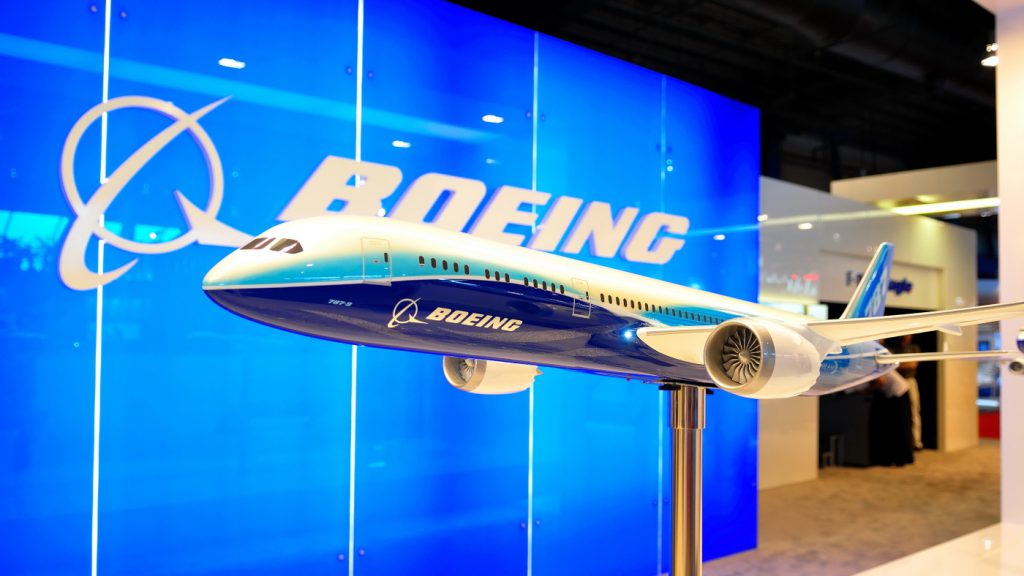
If you ever wanted to visit the Pacific Northwest, the Boeing Aviation Center is one destination to consider for your spring break trip. Located in Mukilteo, Washington―which is about an hour drive from Seattle―the Future of Flight Aviation Center and Boeing Tour provides visitors entry into the Boeing Everett Factory. There, visitors can view all stages of construction of aircraft, which includes the 747, 767, 777 and 787 Dreamliner. The tour includes several other exciting exhibits throughout the Center. Did you know the manufacturing complex holds the Guinness World Record for the largest building in the world by volume? It measures 472 million cubic feet and covers 98.3 acres! The structure of the complex is a wonder in itself.
How ever you decide to spend your time off, Vaughn wishes you and all other students and faculty a fun, safe spring break.







